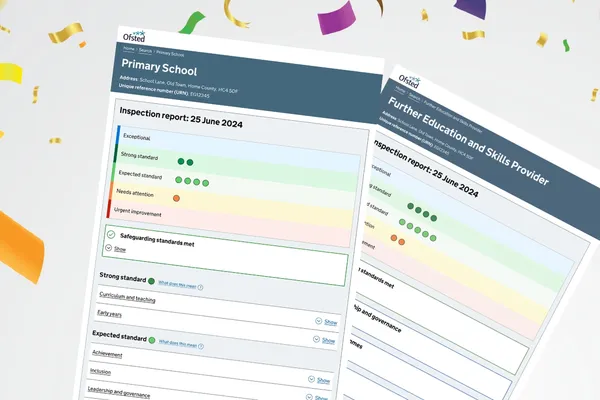As educators, we often think about safety in purely objective terms - removing visible threats and ensuring physical security. However, the reality of feeling safe is far more nuanced, especially when it comes to supporting our students' Emotional Wellbeing and Mental Health.
Understanding Safety from a Neurobiological Perspective
The concept of safety isn't just about the absence of danger. Our bodies and brains are constantly working to achieve a state of felt safety - an internal sense of security that emerges from within. This biological drive for safety has profound implications for learning and development in our classrooms.
The Science Behind Feeling Safe
Our bodies are remarkably sophisticated systems that continuously scan our environment for cues of safety or threat. This process happens largely beneath our conscious awareness, yet it fundamentally shapes how we interact with the world around us.
When students identify positive safety cues in their environment:
- Their bodies naturally down-regulate stress responses
- Social engagement behaviours increase
- Physical systems supporting health, growth, and repair are activated
- The brain enters an optimal state for learning and development
Conversely, when safety cues are absent:
- Threat responses are triggered
- The body prepares for defensive responses (flight, freeze, or fawn)
- Social engagement becomes difficult or impossible
- Learning capacity is significantly diminished
Creating Safe Spaces: Practical Implementation for Teachers
1. Environmental Safety Cues
As teachers, we can actively shape our classroom environment to promote feelings of safety. Consider these key factors:
Sensory Elements:
- Sound levels and acoustic management
- Appropriate temperature control
- Consistent and natural lighting (avoiding flickering lights)
- Adequate ventilation and airflow
- Comfortable seating arrangements
Organisational Elements:
- Clear classroom structure
- Well-planned seating arrangements
- Minimal clutter
- Predictable routines
2. Relationship-Based Safety Cues
The way we interact with our students can significantly impact their sense of safety. Focus on:
Non-verbal Communication:
- Mindful use of eye contact
- Open and welcoming body language
- Warm facial expressions
- Calm and consistent tone of voice
Verbal Communication:
- Appropriate prosody (rhythm and intonation)
- Clear and predictable communication patterns
- Space for students to express their emotional states
3. Safe Practice Principles
Implement these foundational practices to establish a secure learning environment:
- Create welcoming arrival routines
- Maintain consistent daily structures
- Adopt a reflective teaching approach
- Consider implementing evidence-based approaches like PACE (Playfulness, Acceptance, Curiosity, Empathy)
The Impact on Learning
When students feel safe in their learning environment, we see:
- Increased engagement in learning activities
- Better retention of information
- More willingness to take academic risks
- Improved peer relationships
- Enhanced emotional regulation
- Greater creativity and critical thinking
Supporting the Whole Child
Remember that feeling safe is not a luxury - it's a fundamental prerequisite for learning and development. As educators, our role extends beyond academic instruction to creating environments where students can thrive emotionally and socially.
Practical Tips for Implementation
- Start each day with a welcoming routine that helps students transition into the learning space
- Regular check-ins with students about their emotional state
- Create quiet spaces within the classroom for self-regulation
- Establish clear and consistent boundaries while maintaining flexibility for individual needs
- Build relationships with students through active listening and genuine interest
Moving Forward
Creating a sense of safety in educational settings requires ongoing attention and commitment. It's not about implementing a one-time fix but rather developing a sustained approach that considers the whole child's needs.
By understanding and actively supporting our students' need for felt safety, we can create learning environments that nurture both academic success and Emotional Wellbeing. This holistic approach not only benefits individual students but contributes to creating a more positive and effective educational community for all.



